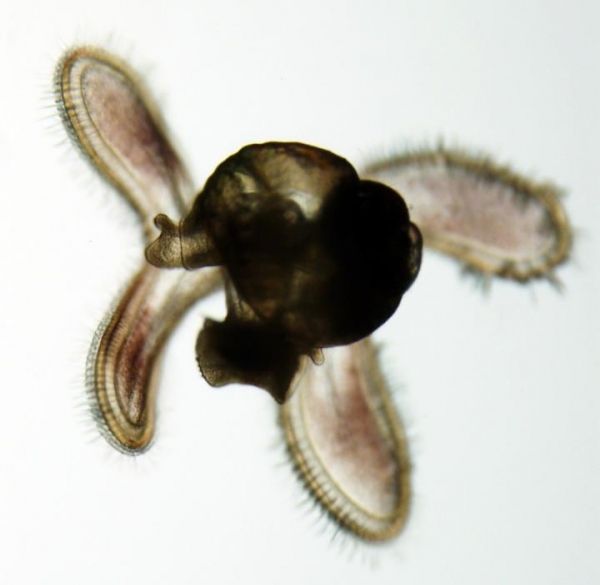The warming ocean may cause the larvae of bottom-dwelling snails to hatch earlier in the spring, when waves are larger, potentially impacting their ability to survive and serve as food for other sea creatures.
A Rutgers University–New Brunswick study sheds new light on the sensory organs the snail larvae use to feel – and perhaps even hear – whether the water is turbulent or wavy, and improve their odds of being carried to a good habitat where they can settle down as adults.
The study, published online in the Proceedings of the National Academy of Sciences, focuses on two species of snail, both of which live along North America’s East Coast: eastern mudsnails (Tritia obsoleta), which live in inlets, and threeline mudsnails (Tritia trivittata), which live in the deeper waters of the continental shelf.
The inlet-dwelling snails more often experience water that is turbulent but not very wavy. The continental shelf-dwelling snails live in a less turbulent, wavier environment.
Read more at Rutgers University
Image: This is a threeline mudsnail larva from wavy continent shelf waters off the New Jersey coast. (Credit: Heidi L. Fuchs/Rutgers University-New Brunswick)


